Dimensions with frame Height: 41.5 cm Length: 36 cm
Frame Period frame in gilded wood with gold leaf decorated with foliage branches in perfect condition , without any shortage.
Technical Oil on oak panel
Signature Bottom left: Meltzer
Flemish painter active in the years 1840 to 1860, Franciscus Melzer, attached to the tradition of painting by Flanders painters of the previous century or even those of before, the faces of his characters are not unlike the almost caricatured faces of those of the paintings of Bruegel father and son.
Franciscus Meltez is fond of sketches full of humor, sometimes even quite cranky, which earned him, from critics of the time, the short reputation of a cartoonist painter a bit buffoonish. However, the success is there, and the painter's oils appeal to the public!
The work: In this scene, Franciscus Melzer remains faithful to his inspiration, Flemish painting of the 18th century, as much by the style as by the message he wants to convey. From this domestic skit, which presents two toddlers having fun, under the sparkling eye of their ancestor, producing soap bubbles to watch them soar in the light, he makes it a Vanity, a work with a philosophical scope. Indeed, with his right hand, the ancestor signals to the observer that we should not trust the lightness of the subject, because, as indicated by the two bubbles which each fly in an opposite direction, life is only futility and precariousness.
What makes this painting a painting of Vanity and not an ordinary genre scene. Vanity painting is highly symbolic. It developed as a pictorial genre in the early 17th century, in Northern Europe, and more particularly in the Netherlands. It reflects the mentality of this time when, following the Thirty Years War, epidemics of plague, and the atrocities of gangs of truckers and other looters, life is of rare hardness and precariousness. Religion goes in the direction of a passage on earth which must prepare the stay in the beyond.
The Reformation places great value on the memento mori (Remember that you are going to die) which forces man to reflect on the vanity of his existence, the fleetingness of earthly pleasures and incites him to concern himself with his life in the beyond. The vanities and still lifes of this time never cease to evoke this message.
Each painted object symbolically expresses the emptiness of earthly existence.
To go further: https://www.lestresorsdegamaliel.com/tableaux/249-bulles-de-savon.html
COPYRIGHT LES TRESORS DE GAMALIEL


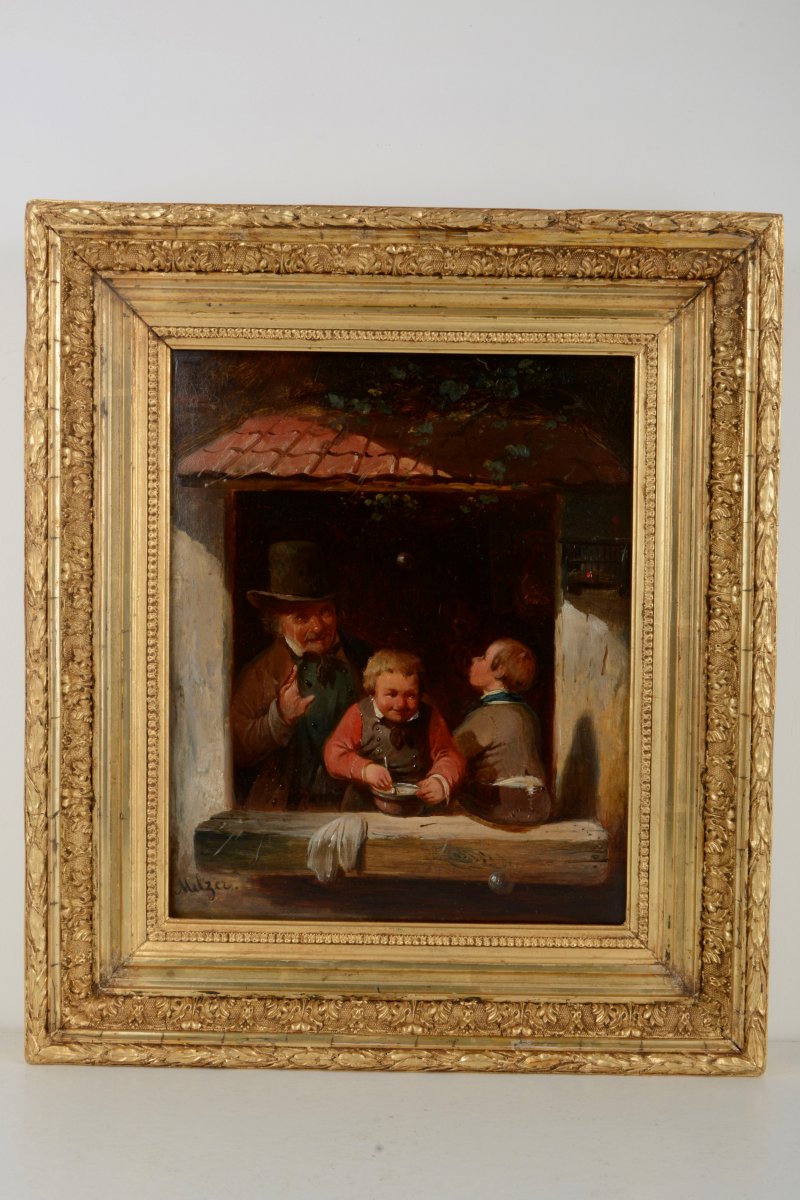
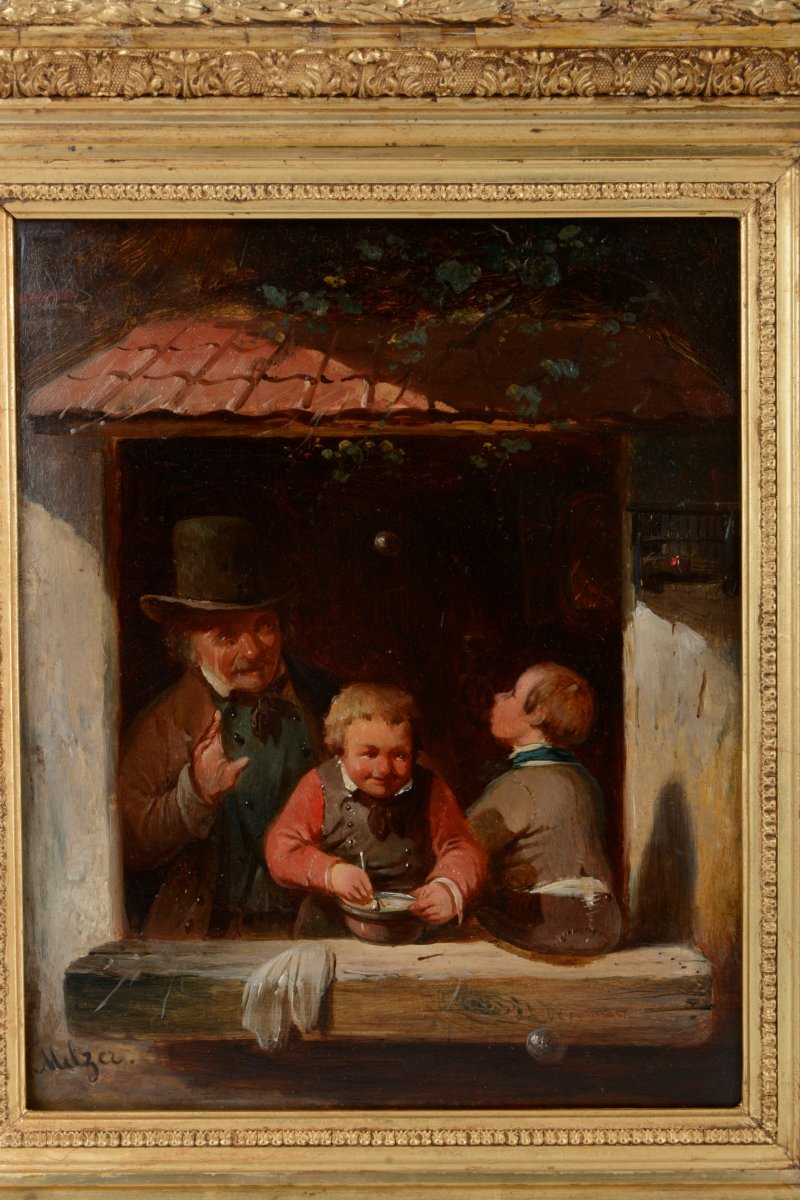

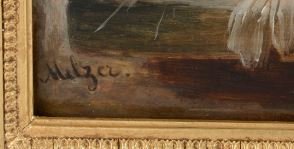















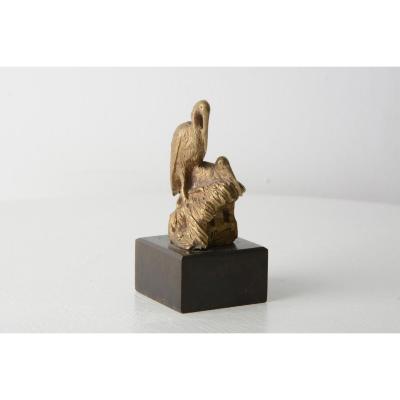


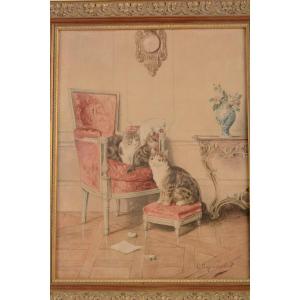
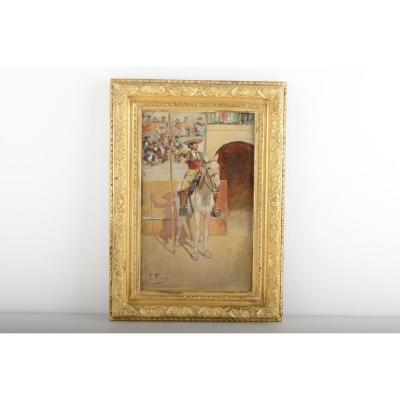


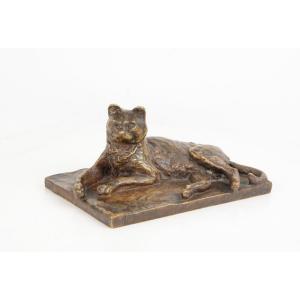
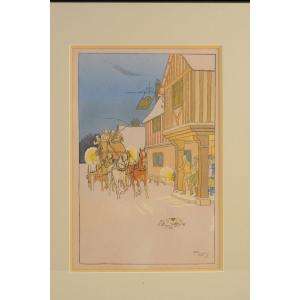
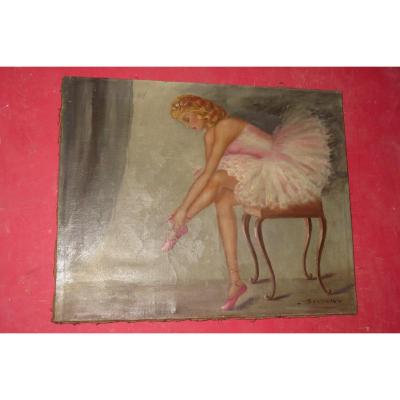

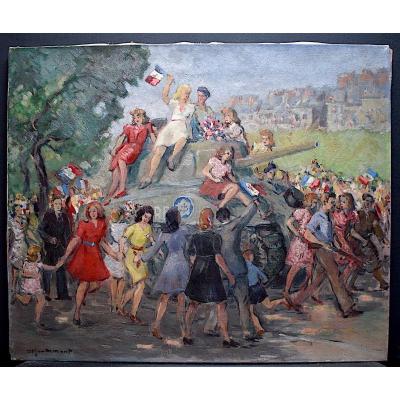
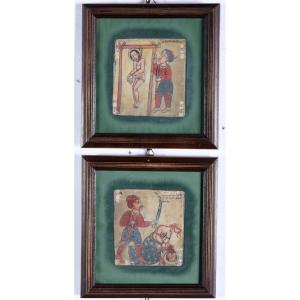




 Le Magazine de PROANTIC
Le Magazine de PROANTIC TRÉSORS Magazine
TRÉSORS Magazine Rivista Artiquariato
Rivista Artiquariato